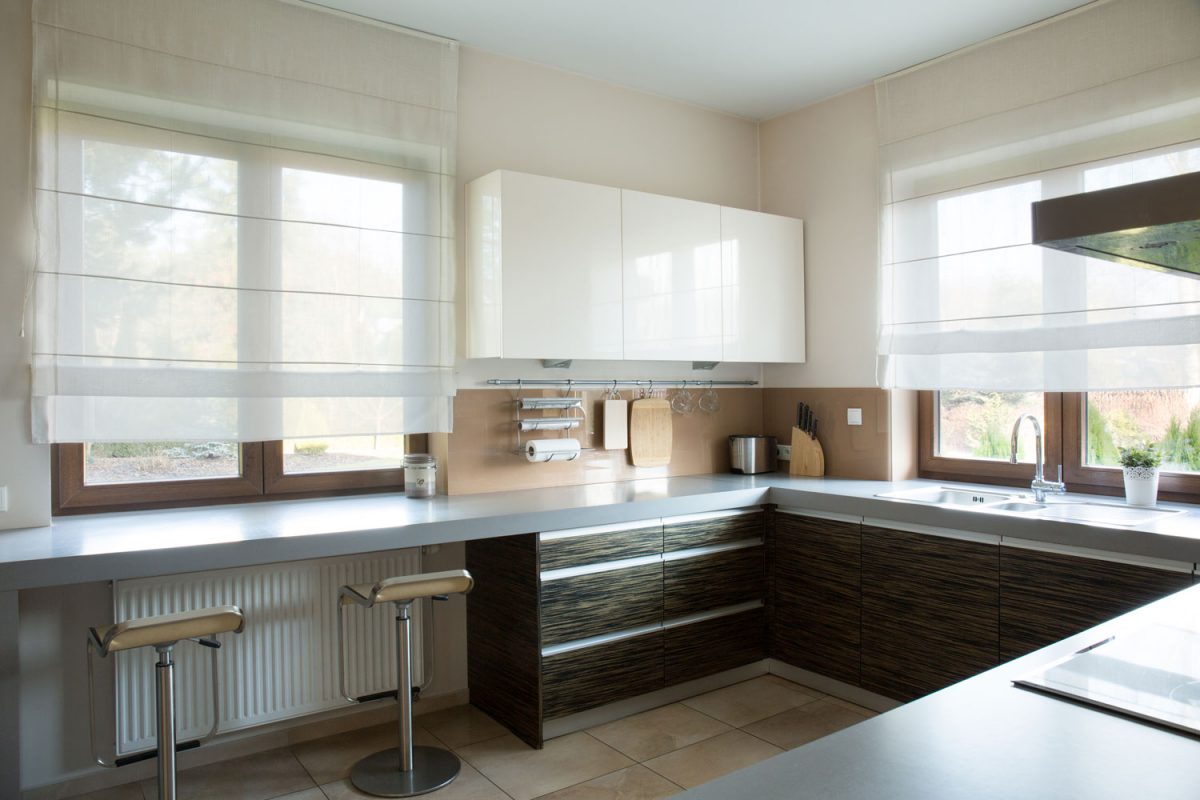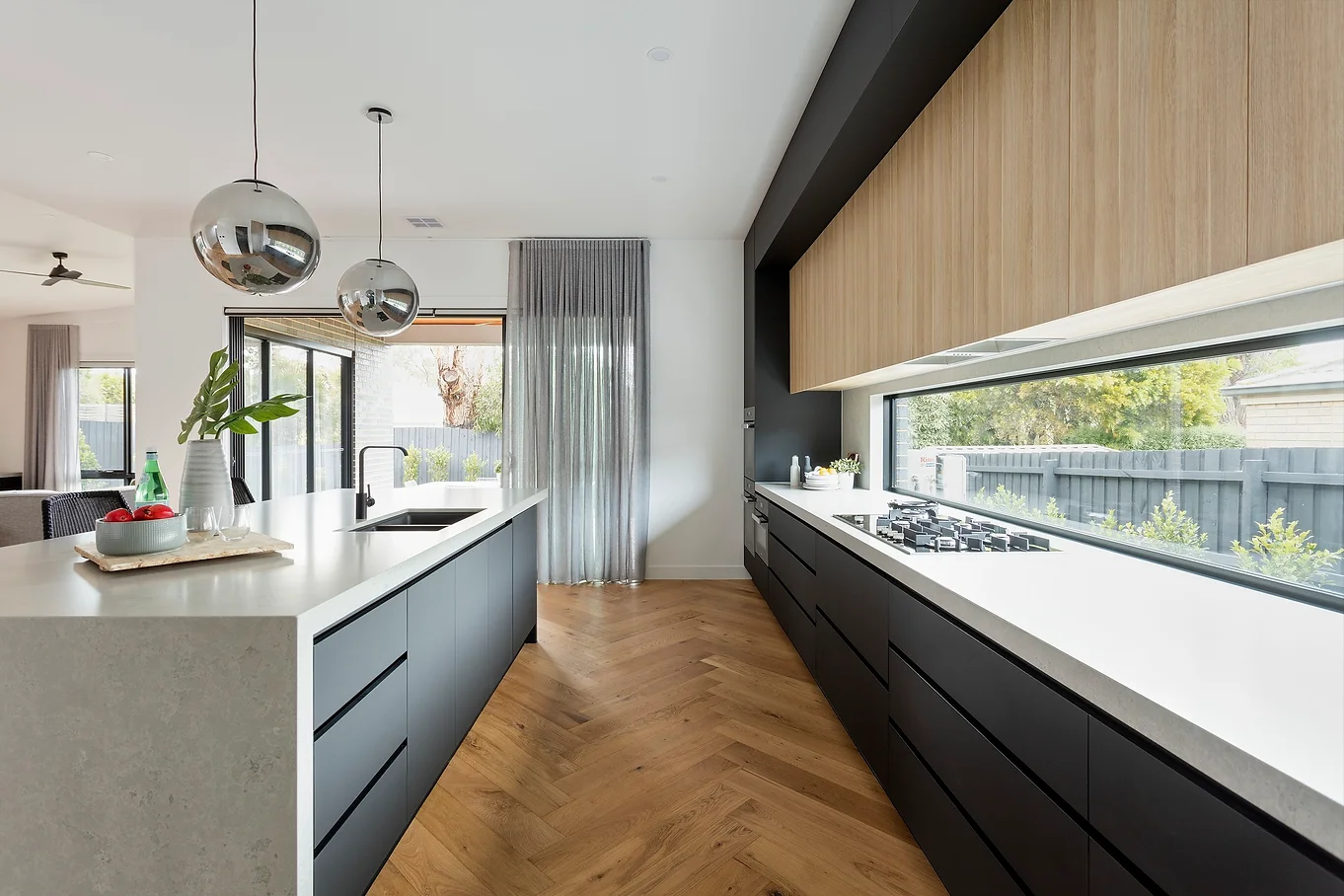Kitchen Cabinet Window Valances

A kitchen cabinet window valance is a decorative piece of fabric or other material that is placed above a kitchen window, often between the top of the cabinets and the ceiling. These valances are more than just aesthetic additions; they serve practical purposes and enhance the overall look of your kitchen.
The Purpose and Function of Kitchen Cabinet Window Valances
Kitchen cabinet window valances offer both practical and decorative benefits. They can help to:
- Control Light: Valances can be used to diffuse harsh sunlight coming through the window, creating a softer and more inviting atmosphere in the kitchen. This is especially beneficial for kitchens with south-facing windows that receive a lot of direct sunlight.
- Add Privacy: If your kitchen window faces a busy street or your neighbors’ homes, a valance can provide a degree of privacy by obscuring the view from outside.
- Conceal Unsightly Areas: Valances can help to hide any imperfections or gaps between the top of the cabinets and the ceiling, creating a more polished and finished look.
Aesthetic Benefits of Kitchen Cabinet Window Valances
Valances can significantly enhance the visual appeal of your kitchen. They add a touch of elegance and sophistication, and can be customized to complement your kitchen’s existing décor.
- Add Style and Personality: Valances come in a wide variety of styles, from simple and minimalist to ornate and elaborate. They can be used to create a specific theme or mood in your kitchen, whether it’s a country farmhouse style, a modern minimalist aesthetic, or a traditional Victorian look.
- Create Visual Interest: Valances can add visual interest to your kitchen by breaking up the monotony of a plain wall or ceiling. They can be used to highlight the window and draw the eye to a specific area of the room.
- Enhance the Overall Design: When chosen thoughtfully, valances can complement the existing colors, patterns, and textures in your kitchen, creating a cohesive and harmonious design.
Materials Used for Kitchen Cabinet Window Valances
Kitchen cabinet window valances are available in a wide range of materials, each offering unique benefits and aesthetics. Common materials include:
- Fabric: Fabric valances are the most popular choice, offering a wide range of colors, patterns, and textures. Common fabrics used include cotton, linen, silk, and velvet. Fabric valances can be easily customized and are relatively inexpensive to make or purchase.
- Wood: Wooden valances offer a more rustic and traditional look. They can be stained or painted to match your kitchen’s existing décor. Wooden valances are often used in kitchens with a farmhouse or country style.
- Metal: Metal valances, often made from wrought iron or aluminum, add a contemporary and industrial touch to your kitchen. They can be painted or left in their natural finish to create a unique look.
Practical Considerations for Kitchen Cabinet Window Valances

A kitchen cabinet window valance is a beautiful and functional addition to any kitchen, but there are some practical considerations to keep in mind before you start shopping. A well-chosen valance will enhance your kitchen’s aesthetic appeal and offer practical benefits, such as light control and privacy.
Choosing the Right Size and Length
The size and length of your valance are crucial factors that will significantly impact its appearance and functionality. Choosing the right size will ensure a harmonious look and prevent the valance from appearing too small or overwhelming.
- Consider the Window Size: A valance should be proportional to the window size. A small valance on a large window will appear lost, while a large valance on a small window will overwhelm the space.
- Measure the Window Width: To determine the appropriate valance width, measure the width of the window, adding 4-6 inches on each side to ensure the valance extends beyond the window frame. This creates a more visually appealing and balanced look.
- Determine the Desired Length: The length of the valance is determined by the desired effect. A short valance that ends just above the window frame offers a clean and minimalist look. A longer valance that extends down the window can create a more dramatic and traditional look.
- Factor in Cabinet Height: If your valance is mounted above your kitchen cabinets, consider the height of the cabinets. The valance should not be too short, as it will look awkward and out of place. A good rule of thumb is to have the valance extend at least 3-4 inches below the top of the cabinets.
Valance Mounting Methods
The mounting method you choose will affect the look, functionality, and ease of installation of your valance. Consider the following options:
- Rods: Rod mounting is a classic and versatile option. Rods are available in a variety of materials, finishes, and sizes, allowing you to customize the look of your valance. Rods can be easily adjusted to accommodate different valance lengths.
- Tracks: Track mounting offers a sleek and modern look. Tracks are typically made of metal and are mounted directly to the ceiling or wall. They are ideal for heavier valances and provide a smooth and effortless sliding mechanism.
- Brackets: Brackets are a simple and affordable mounting option. They are typically made of metal or wood and are attached to the wall or ceiling. Brackets are best suited for lighter valances and can be customized to create a unique look.
Measuring and Installing a Kitchen Cabinet Window Valance, Kitchen cabinet window valances
Accurate measurements are essential for a successful valance installation. The following tips will guide you through the process:
- Measure the Window: Measure the width and height of your window using a measuring tape. Be sure to account for any window trim or molding.
- Determine the Mounting Height: Decide on the desired height for your valance. If you are mounting it above cabinets, measure the distance from the top of the cabinets to the desired height of the valance.
- Mark the Mounting Points: Use a pencil to mark the mounting points on the wall or ceiling. Be sure to mark the points evenly and at the desired height.
- Install the Mounting Hardware: Install the mounting hardware according to the manufacturer’s instructions. This may involve drilling pilot holes, attaching brackets, or securing a track.
- Hang the Valance: Once the mounting hardware is installed, carefully hang the valance onto the rod, track, or brackets.
Kitchen cabinet window valances can add a touch of elegance and privacy to your kitchen. If you’re looking for a way to soften the look of your cabinets, consider incorporating rounded edge cabinet doors, which offer a smooth and inviting aesthetic.
Rounded edge cabinet doors can complement the soft curves of a valance, creating a cohesive and harmonious design. This combination of design elements can elevate the overall style of your kitchen, making it a truly inviting space.
Kitchen cabinet window valances add a touch of elegance and practicality, softening the look of upper cabinets while allowing natural light to filter in. When considering your kitchen’s overall aesthetic, you might also want to explore the sleek and modern appeal of euro style cabinet doors.
These doors, with their minimalist design and frameless construction, can create a striking contrast against the delicate details of your valances, enhancing the overall visual impact of your kitchen.
